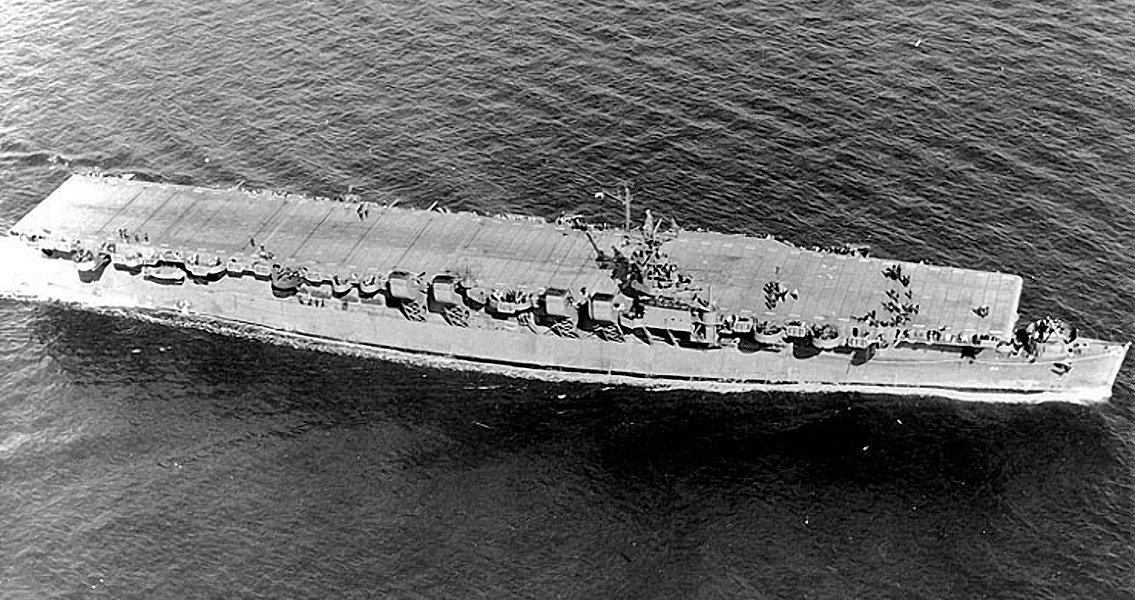<![CDATA[Researchers have discovered the remains of a World War II-era aircraft carrier that was intentionally sunk off the coast of California after weathering the atomic bomb testing off Bikini Atoll in 1946. The USS Independence has a storied history. Originally taking shape as a cruiser, the aircraft carrier was commissioned in 1943 and involved in several key battles in the Pacific. After the Second World War, the ship was assigned to Operation Crossroads, the military atomic bomb testing at Bikini Atoll in the Marshall Islands. After the effects of the nuclear blast on the ship’s hull were carefully studied, the remains of the Independence were loaded with barrels of sealed radioactive waste and sunk off the California coast near the Farallon Islands in 1951, where it remains to this day. Earlier in 2015, researchers from the National Oceanic and Atmospheric Administration (NOAA) re-discovered the wreck of the Independence and used an unmanned submersible to subject the shipwreck to 3D sonar imaging to survey the wreck. Plans to explore the wreck further were delayed due to worries about the radioactivity of the aircraft carrier prompting NOAA to turn to nuclear researchers at Berkeley Lab for answers. Now, the NOAA researchers have the answers they need to move forward on plans to explore the Independence more closely. Berkeley Lab says any radioactivity given off by the wreck should be contained from the volume of water in the ocean, as it acts as a highly effective buffer. UC Berkeley nuclear engineering professor Kai Vetter, the head of Berkeley Lab’s applied nuclear physics division, said in a press release that the survey team and the submersible are completely safe from radioactive contamination. While the insulating effect of the ocean does limit the spread of any contamination from the wreck of the Independence, Vetter remarked that there’s more than that at play in this situation. Specifically, the radioactive materials that the wreck was exposed to have a relatively short half-life of only around 30 years. This means that the amount of radioactive strontium 90 and cesium 137 stored aboard the aircraft carrier reduces by half every 30 years – with more than 60 years between now and its scuttling, the Independence has reached radioactive decay levels that represent only around 25 percent of the original amount. The majority of the once-radioactive materials have since decayed into a stable, non-radioactive form. It’s currently unknown whether the NOAA will revisit the wreck and use its unmanned submersible to get a closer look sometime in the future. However, Vetter hopes that the Independence will be subjected to closer scrutiny. He expressed a desire to be involved in further studies of the radioactive wreck, adding that he would be excited at the prospect of helping to design an advanced detector to gauge the amount of radioactivity on site and protect the researchers from any possible contamination. ]]>
Scientists Examine Sunken Radioactive Aircraft Carrier
